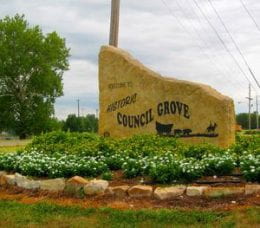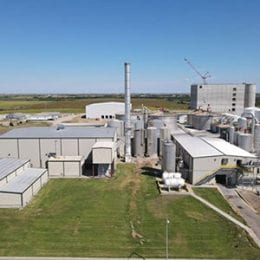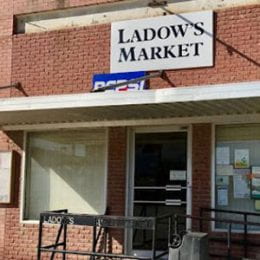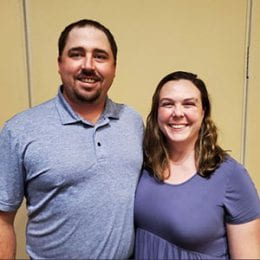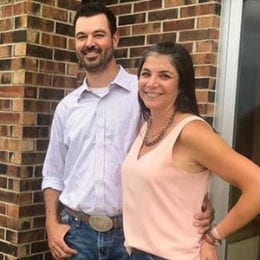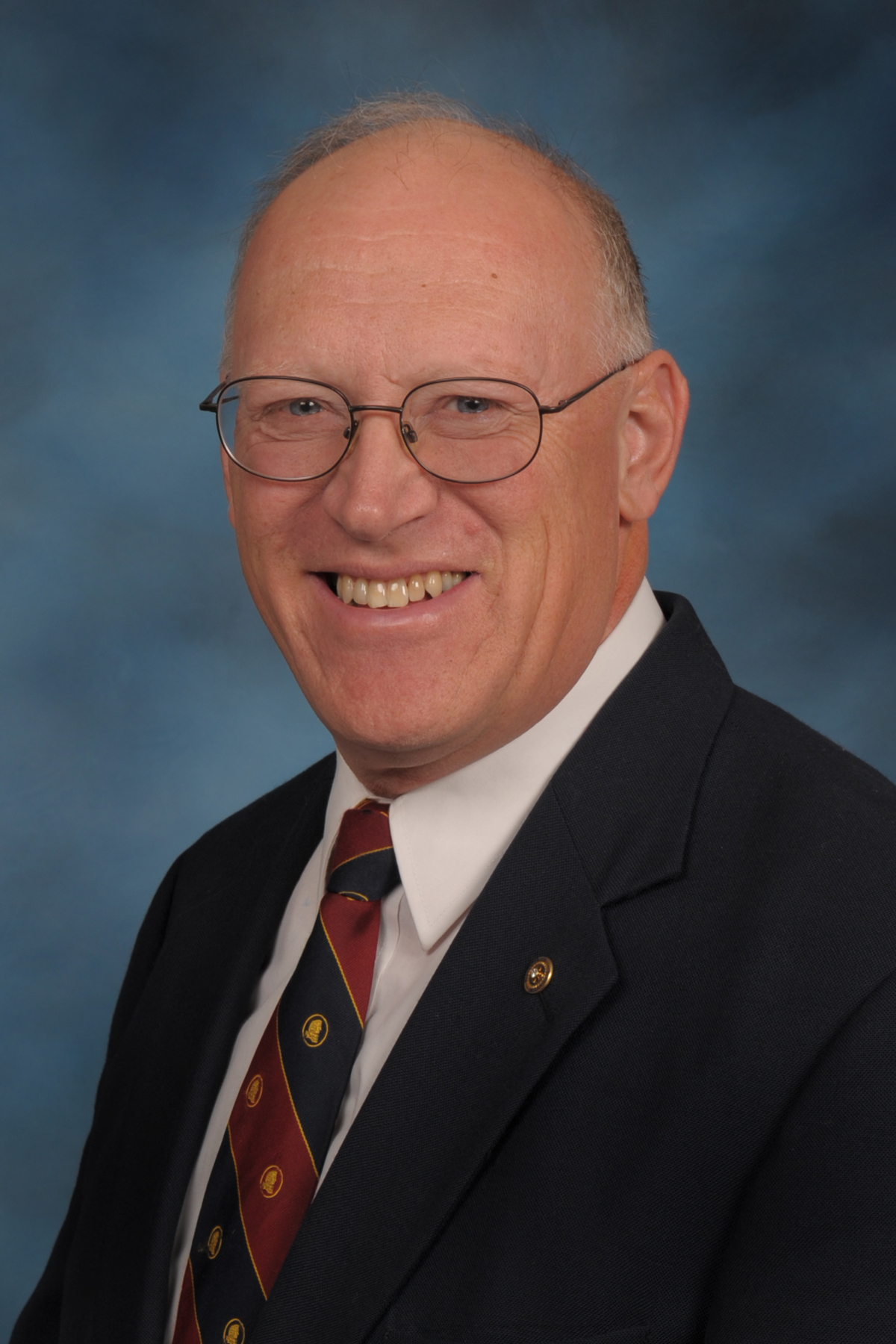Times Square, New York City. An image appears on the Nasdaq billboard overhead.

Where is the photographer who took that photo? Would you believe, halfway across the continent in Kansas?
Doug Barrett is the internationally recognized founder and owner of 400 North Creative in Manhattan, Kan. He is the photographer and cinematographer who took that photo displayed in Times Square.
Barrett came from Georgia. On many days, he drove along a Georgia highway known as 400 North. He loved taking pictures and making videos as a child, and has made them ever since.
Barrett went to college in North Carolina, worked in law enforcement, and served in the Army. He earned a master’s degree in cybersecurity administration from Southwestern College in Winfield, and worked in the cybersecurity field while doing photography on the side.
In 2018, Barrett launched his photography business full-time. He used the name of the place where he had come from and named his business 400 North Creative.
Barrett’s photo projects have involved topics ranging from Kansas cowboys to Manhattan’s Yuma Street to homeless veterans across the nation. One involved the people of the historic Black rural settlement of Nicodemus, which with its surrounding residents has a population of 14 people. Now, that’s rural.
“My goal is not to exploit people for a photo op, but to spend time and find the narrative of the people. I want to seek out the real story,” Barrett said.
As an African-American, he found special relevance in social justice issues. “I am a photographer because I believe that relationships foster a deliberate life,” Barrett said. “Relationships are the core of collaboration and intimate storytelling. Relationships create change.”
“My personal work documenting justice issues and marginalization in America is where I find these deep relationships and conversations,” he said.
“I believe the camera is an overlooked sacred tool, which simultaneously holds humility yet also the power of a striking hammer when used properly. For me, it is about powerful, long-form, visual storytelling. The documentation of history and the world for posterity and the educative process have been the main drivers for my work…. It is my belief, education leads to empathy, which is the first step in any change for good or justice.”
After the death of George Floyd, Barrett’s photos powerfully captured the moment. TIME magazine featured a full page of his photo of a protester carrying a sign reading “Stop the Hate.”
Barrett is based in Manhattan but his photography and cinematography is recognized internationally. His editorial clients include TIME Magazine, National Geographic, New York Times, Smithsonian Magazine, Washington Post, Wall Street Journal, AARP, The Chronicle, CNN, Foxnews, BBC World News, and more.
Locally, his work is in Wichita’s Ulrich Museum of Art, and the Beach Museum of Art at K-State.
He has also become involved with the community. In 2020, he joined other African-American small business owners to form Black Entrepreneurs of the Flint Hills. Barrett is now vice president of that group and Sheila Ellis-Glasper is president. This organization started with about 25 members and has grown to more than 100.
That involvement led to Doug being invited to join the Manhattan Area Chamber of Commerce Board of Directors. “(Chamber Board Chair) Summer Dierks allowed us to have a seat at the table,” Barrett said. “K-State’s Innovation Partners has been a champion for us.”
A primary goal of Black Entrepreneurs of the Flint Hills is to improve access to capital for Black-owned businesses that might otherwise have to close or leave the region. “We want to provide opportunities to keep those businesses here,” Barrett said.
For more information on Barrett’s business, see www.400northcreative.com. For more information on Black Entrepreneurs of the Flint Hills, see www.blackflinthills.com.
It’s time to leave Times Square, where a Kansas photographer’s photo appeared on the Nasdaq electronic billboard. We commend Doug Barrett for his skill and creativity, and Doug, Sheila Ellis-Glasper, and all those involved with Black Entrepreneurs of the Flint Hills for making a difference with their advocacy and organization.
Altogether, this is a remarkable picture.
